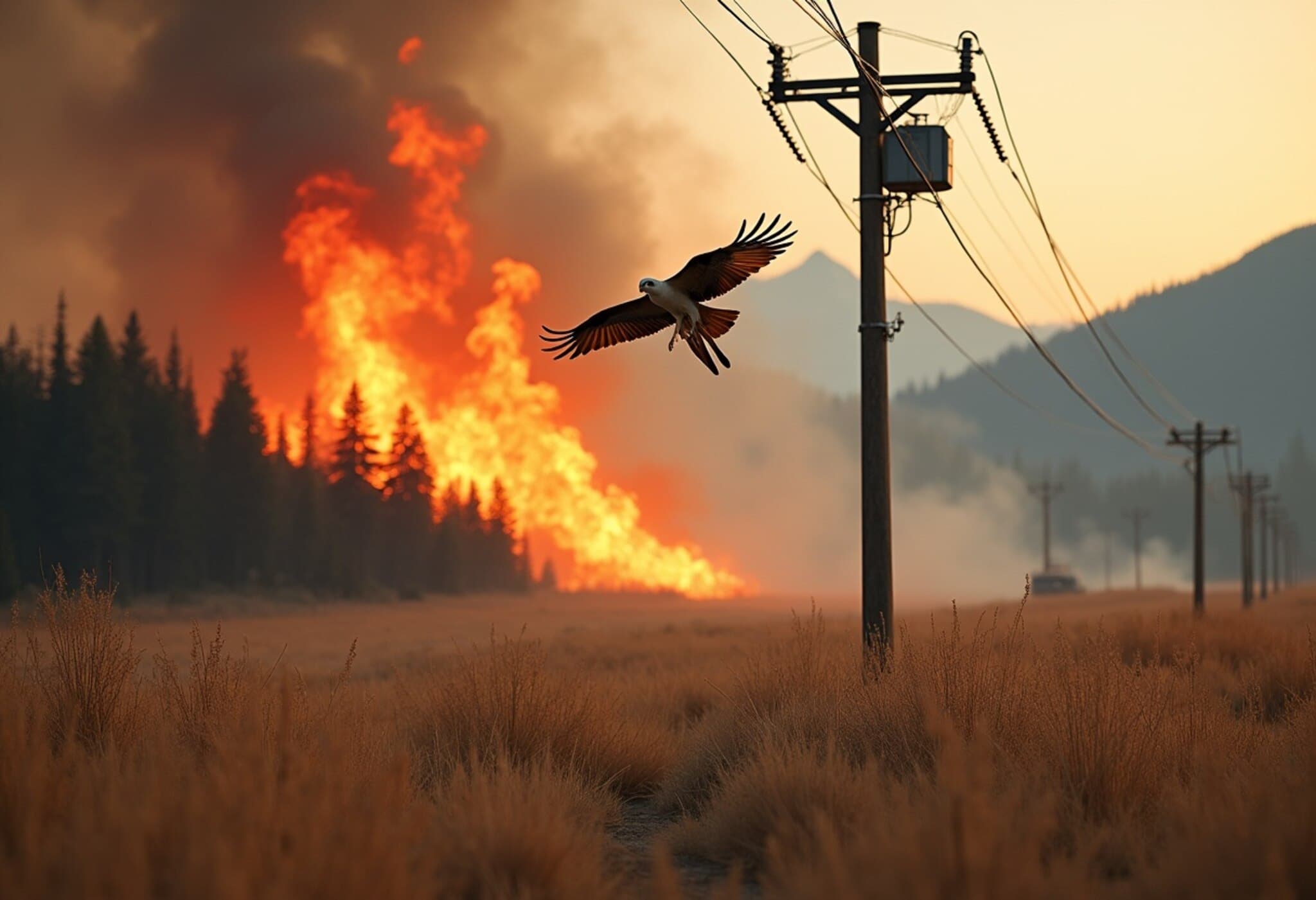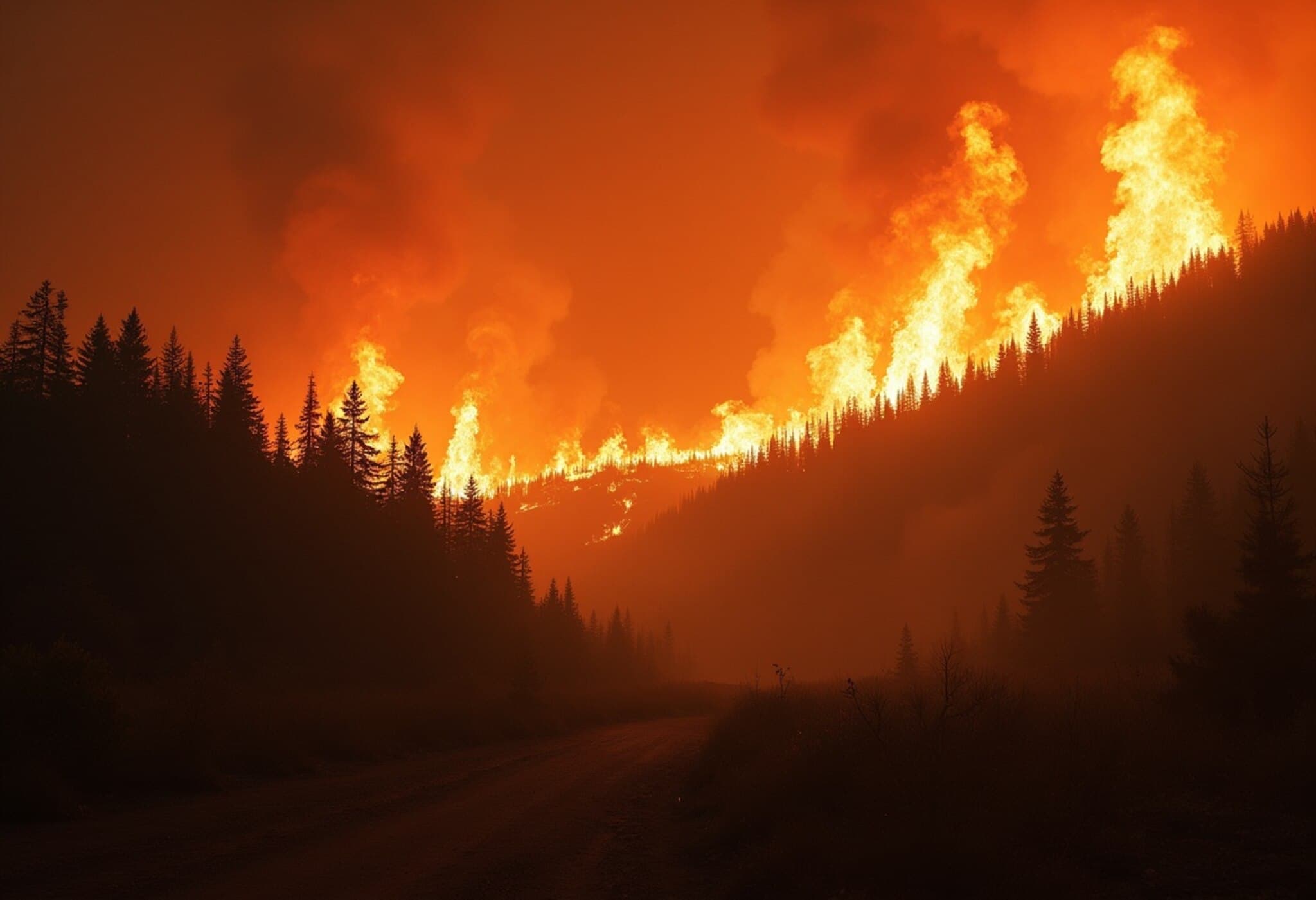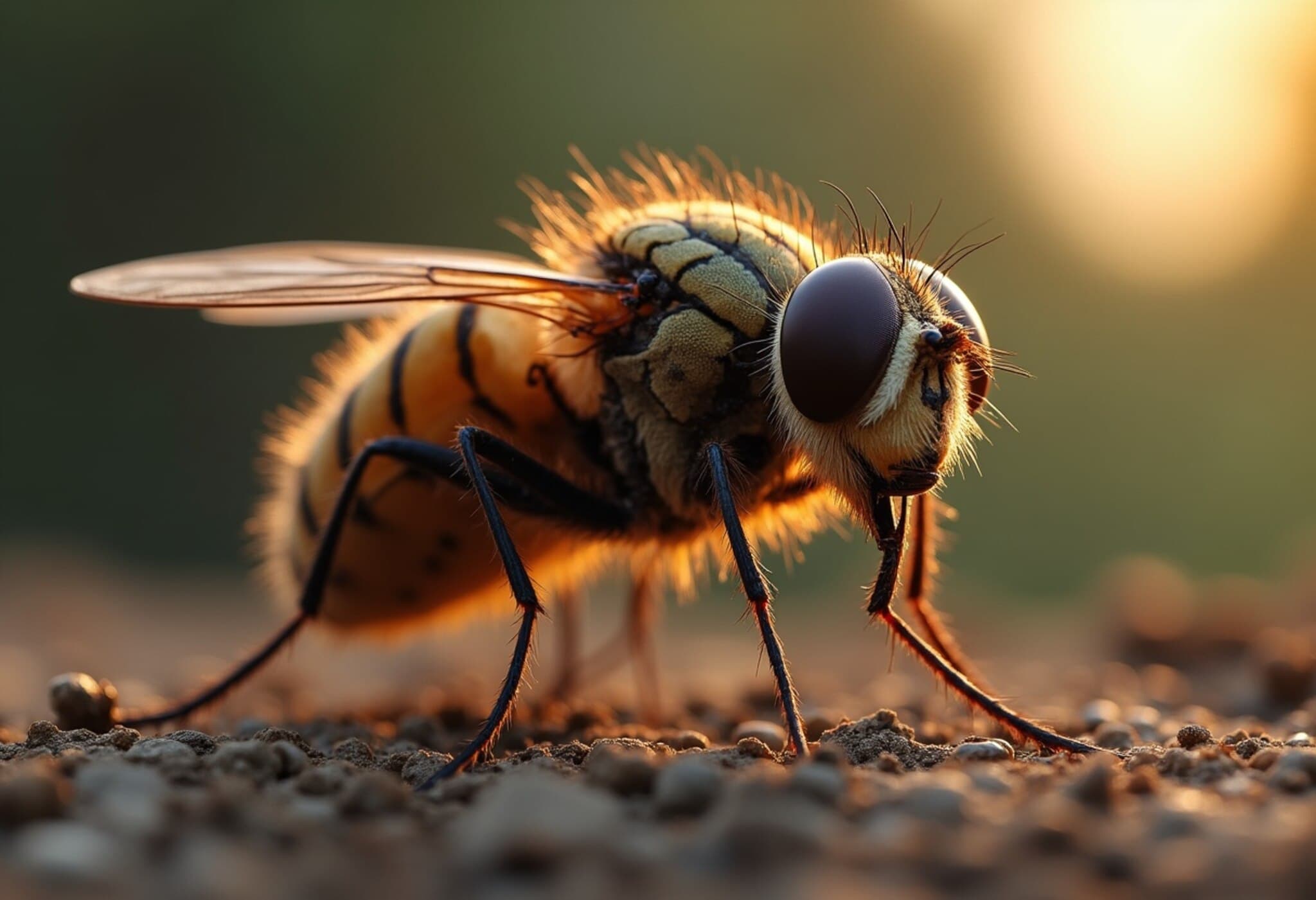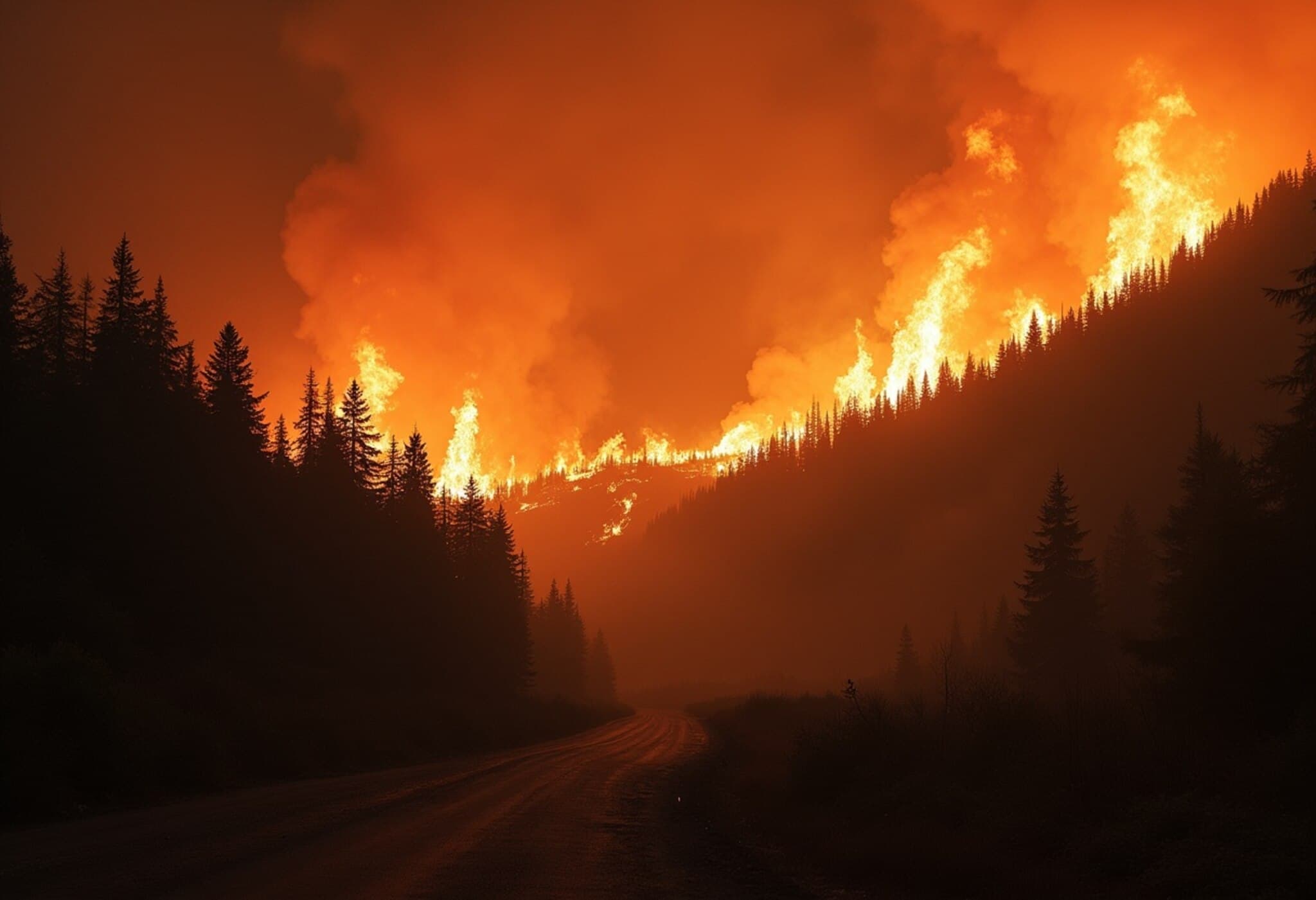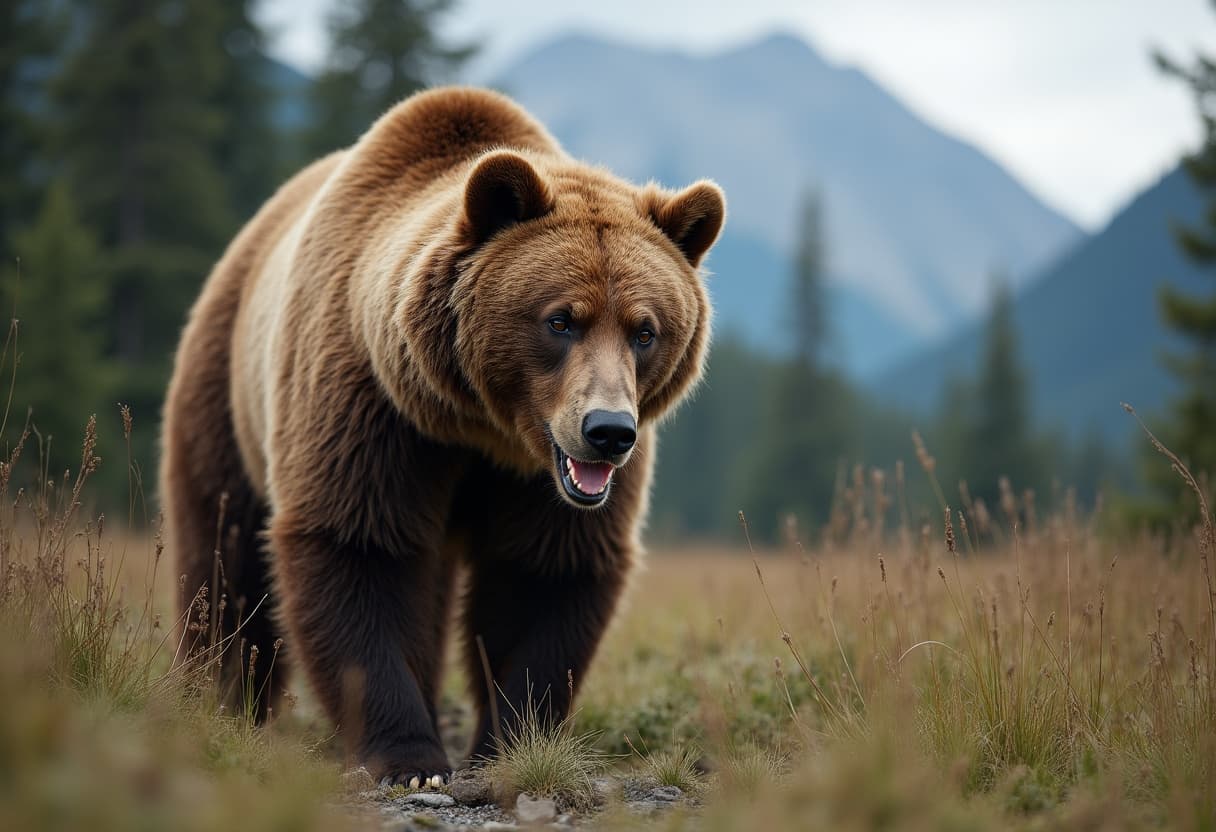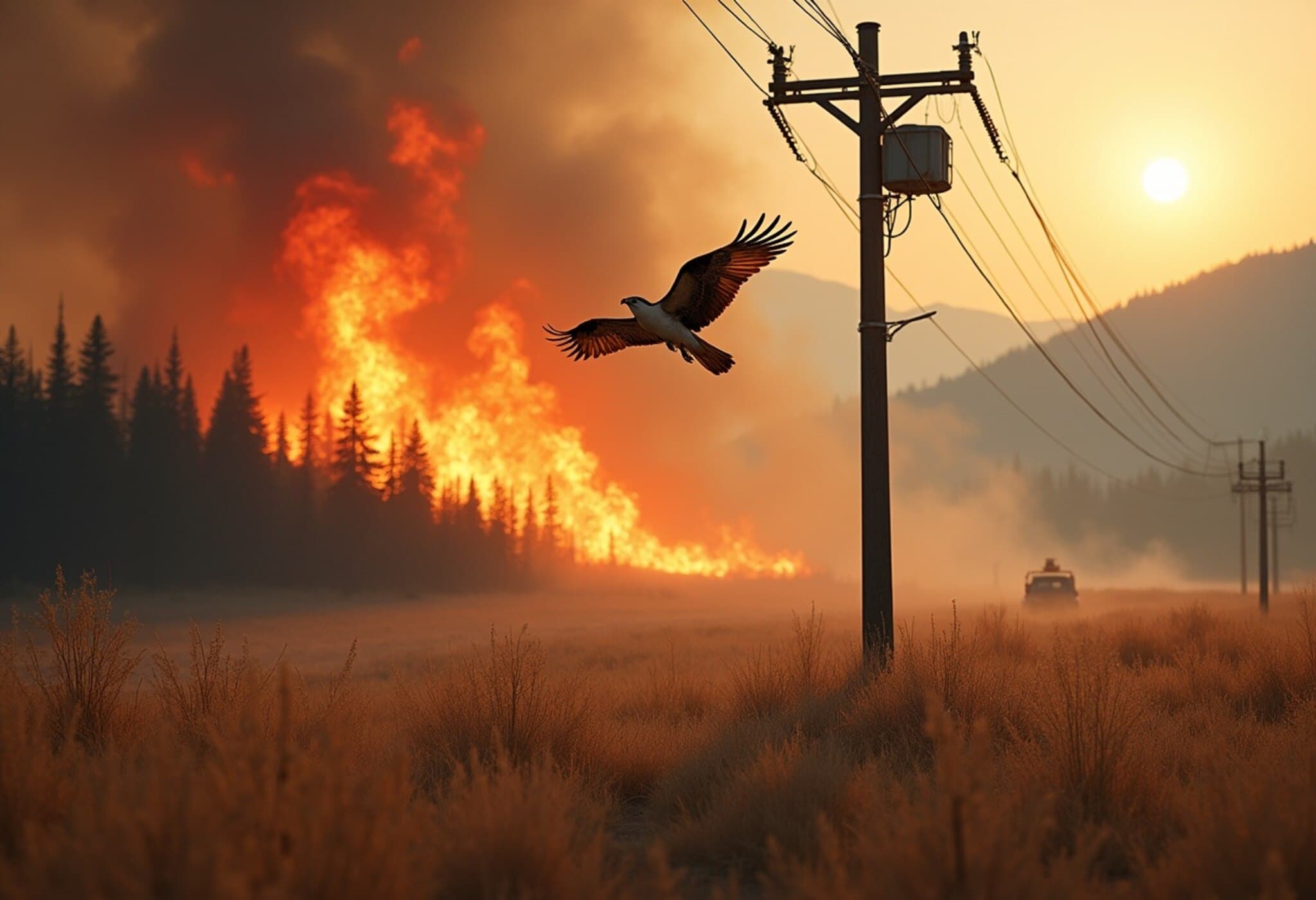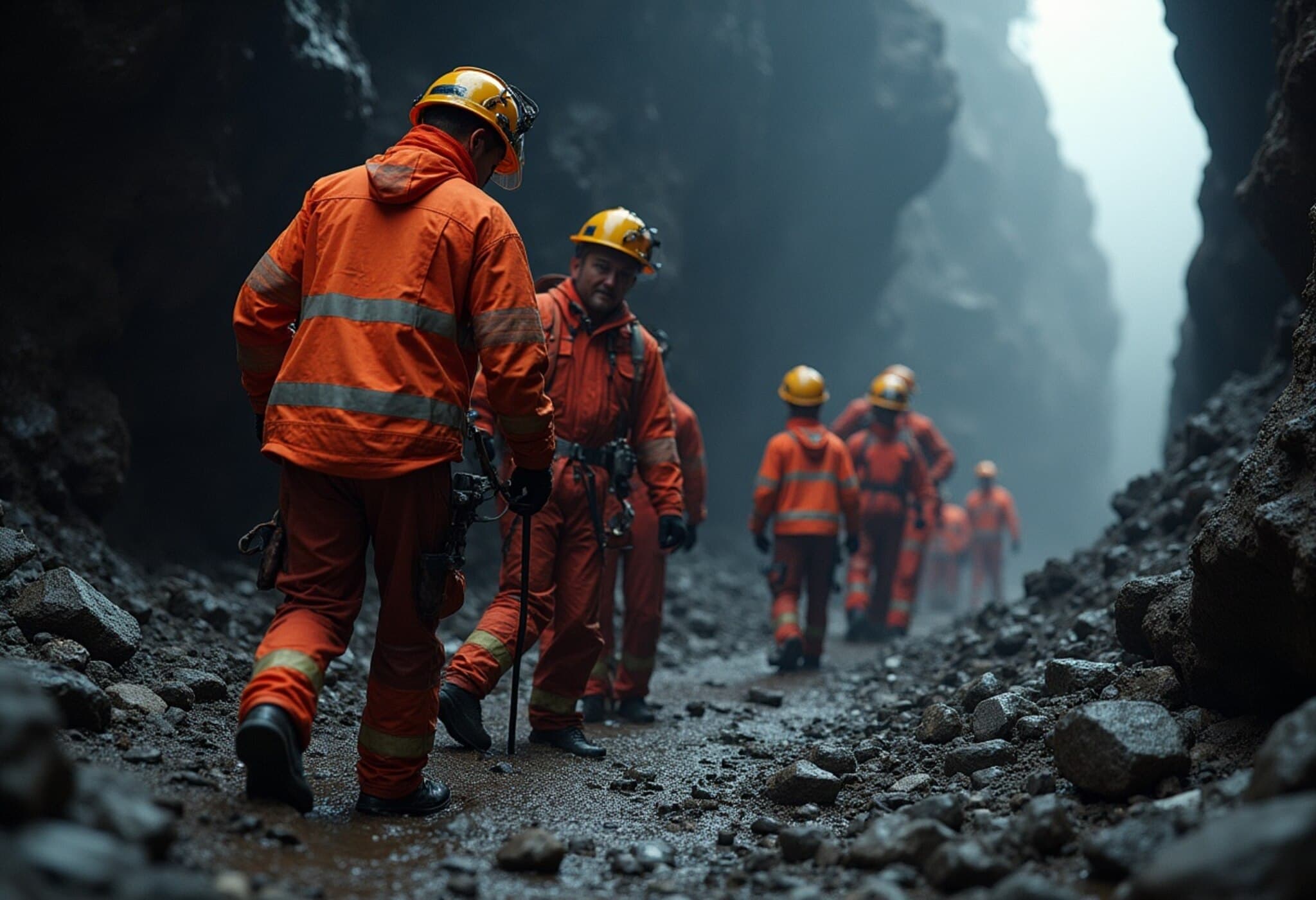How an Airborne Fish Ignited a Brush Fire in British Columbia
In an extraordinary twist of nature and mishap, a small brush fire that recently flared up near Ashcroft, British Columbia, was traced back to an unlikely culprit—a fish dropped from the skies by an osprey. This bewildering incident has sparked curiosity, laughter, and reflection on the unexpected ways wildlife can intersect with human infrastructure.
The Incident Unfolds: From Flight to Fire
On July 30, 2025, fire officials responded rapidly to a fire that scorched less than one acre of dry brush. While initial theories pointed to typical causes such as equipment failure or human negligence, investigations revealed a far stranger origin. According to Ashcroft Fire Rescue, the fire ignited when a fish, inadvertently dropped by a soaring osprey, struck nearby power lines. This impact generated sparks that quickly caught the dry grass below, setting off the brush fire.
What Led the Osprey to Drop Its Catch?
The osprey, a bird renowned for its fishing prowess, had apparently caught the fish from a river approximately two miles away from the incident site. The reasons behind the bird’s sudden release remain speculative. Ashcroft Fire Rescue suggested that the heatwave conditions on the day, combined with the weight of the fish, may have fatigued the bird, leading to the unexpected drop. A playful social media post humorously theorized that the osprey might have been "tired of raw fish and wanted to give cooked a try."
Impact and Response
- Fire Containment: Thanks to the swift mobilization of Ashcroft Fire Rescue, supplemented by local ranchers and British Columbia Hydro and Power Authority personnel, the fire was extinguished quickly, averting a potentially larger disaster.
- Power Outage: The incident caused a temporary electricity disruption for Ashcroft’s 1,500-plus residents, highlighting the vulnerability of electrical infrastructure to unforeseen wildlife interactions.
- Wildlife Welfare: Remarkably, the osprey escaped unharmed and continues to roam freely, while the fish, sadly, met a less fortunate fate.
Broader Implications and Expert Insights
This unusual event underscores the complexities of human-wildlife coexistence, particularly as climate change and expanding settlements increase encounters with nature. While the chain of events might seem whimsical, it exposes real vulnerabilities in critical infrastructure.
Energy infrastructure experts emphasize the importance of reinforcing power lines, especially in regions prone to wildfires, to mitigate ignition risks from natural debris or wildlife. Moreover, this incident serves as a reminder of the delicate balance in ecosystems where even a single bird’s action can ripple into community-wide consequences.
From a policy perspective, integrating wildlife behavior studies into infrastructure planning could preempt similar occurrences. Incorporating buffer zones or protective measures around power lines near migratory paths or fishing habitats might represent innovative steps forward.
Final Thoughts: Nature’s Unpredictable Interplay with Human Systems
As Ashcroft returns to normalcy, the tale of the airborne fish-fire continues to captivate local residents and beyond, offering a moment to appreciate the unexpected ways nature interacts with human life. It also ignites questions about how communities can better prepare for and address the unpredictable challenges posed by wildlife activity.
“Our prime suspect sustained no injuries and is still flying at large,” quipped Ashcroft Fire Rescue, adding a touch of levity to a serious incident.
Editor’s Note
This remarkable episode invites us to rethink how we manage risks at the intersection of natural ecosystems and human technology. Beyond the viral novelty, the story of the osprey and its dropped fish serves as both a cautionary tale and a call to action for bolstering infrastructure resilience in the face of climate-induced environmental stresses. What other indirect pathways might exist through which nature can disrupt modern life? And how can communities adapt creatively while harmonizing with the wildlife around them?

